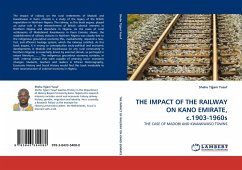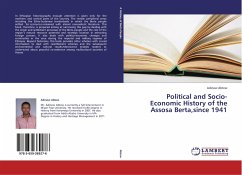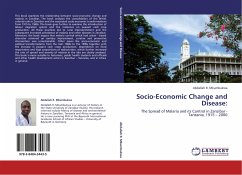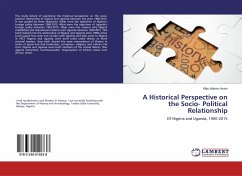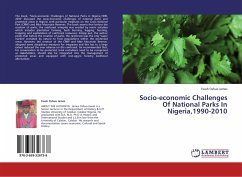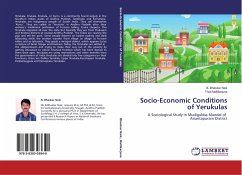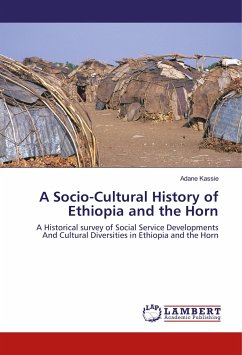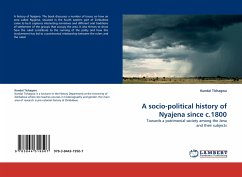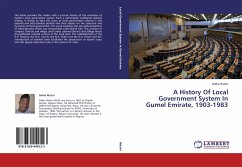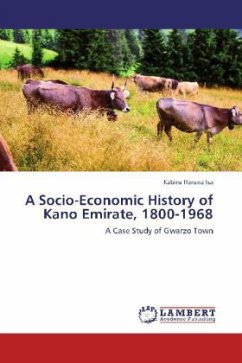
A Socio-Economic History of Kano Emirate, 1800-1968
A Case Study of Gwarzo Town
Versandkostenfrei!
Versandfertig in 6-10 Tagen
52,99 €
inkl. MwSt.

PAYBACK Punkte
26 °P sammeln!
This work is about socio-economic history of Gwarzo from 1800-1968, it traces how socio-economic activities such as agriculture, blacksmithing, cloth making and dyeing influenced the emergence and development of Gwarzo. The fertility of the soils coupled with the rich iron ore deposits attracted people from far distance areas to come and settled at Gwarzo. The first group was led by a bamaguje called Gwarzo after whom the town was named. Oral and other sources have shown that the constant migrations of people to areas around Gwarzo led to the emergence of robust and productive economy. The soc...
This work is about socio-economic history of Gwarzo from 1800-1968, it traces how socio-economic activities such as agriculture, blacksmithing, cloth making and dyeing influenced the emergence and development of Gwarzo. The fertility of the soils coupled with the rich iron ore deposits attracted people from far distance areas to come and settled at Gwarzo. The first group was led by a bamaguje called Gwarzo after whom the town was named. Oral and other sources have shown that the constant migrations of people to areas around Gwarzo led to the emergence of robust and productive economy. The society changed gradually from homogeneous to heterogeneous one due to active socio-economic activities. In the 19th century, there were many events that halted intermittently the level of these activities. Colonialism and colonial experience slow-down the pace of traditional economic activities as local industries crippled in the town. But in the post colonial period, people embraced agricultural production and farmed throughout the year round. Irrigation farming helped significantly in augmenting the incomes of the people. The town also produced senior civil servants and influential people.



